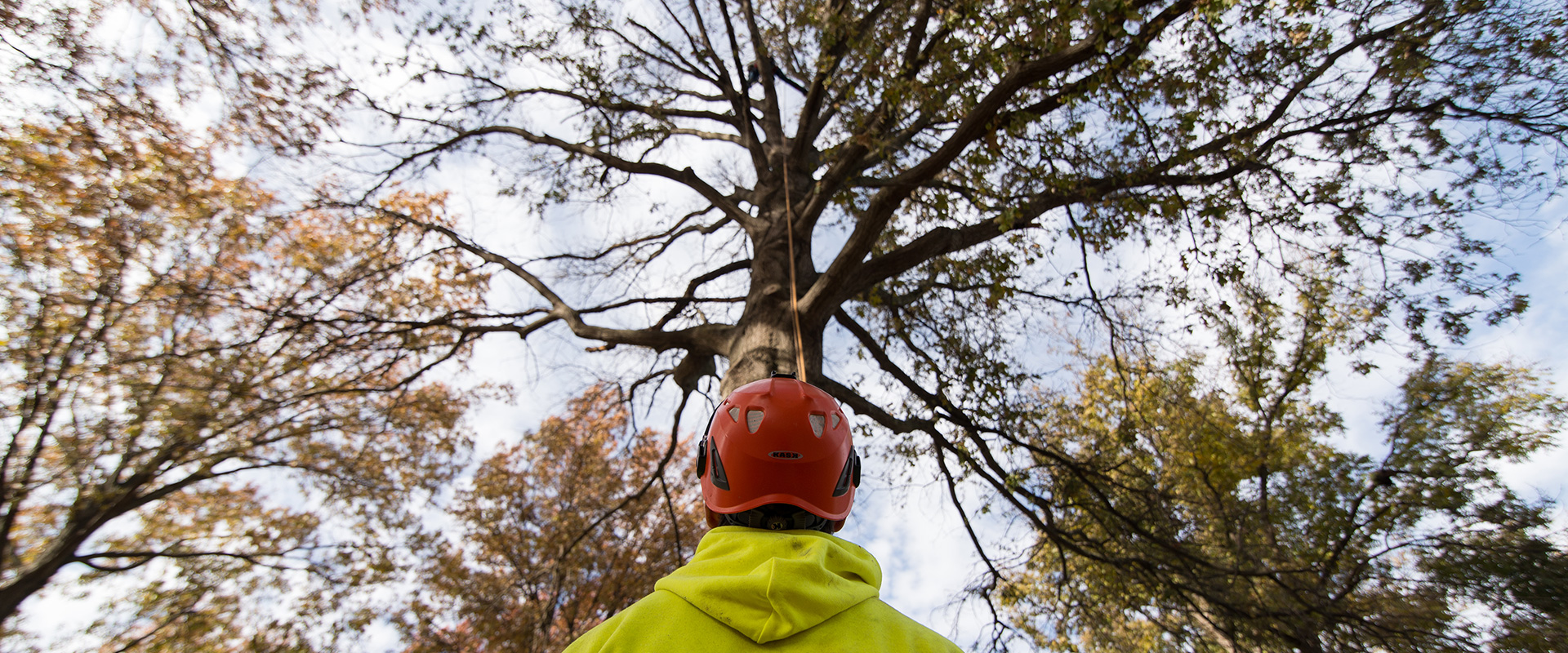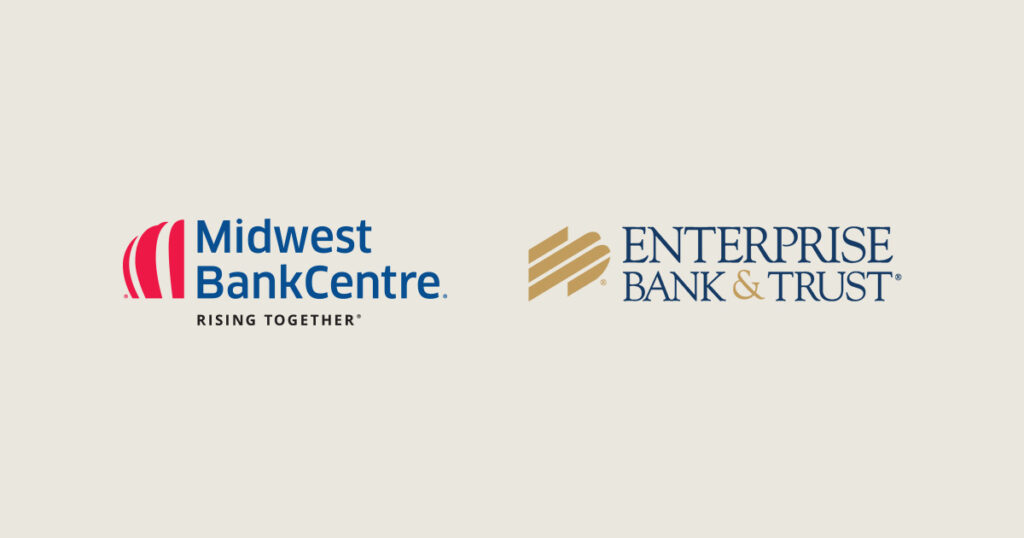Even before the coronavirus rocketed respiratory health into the daily news, the federal budget for 2020 included the largest-ever allocation for urban forestry: $32 million toward planning, planting, and caring for trees in cities.
The boost in spending comes as more government leaders at all levels recognize the benefits of tree-filled communities—everything from keeping residents healthy to lowering utility costs to preventing stormwater runoff.
A new grant from the Environmental Protection Agency brings $120,000 of that federal funding straight to the 24:1 Community, where it will go toward tree canopy analysis, improvements, and management.
With the two-year grant, Beyond Housing is launching 24:1 Project Clear the Air to study the types of trees across the community, as well as their age, species diversity, condition, distribution, etc.
The project also includes funding to educate the public on how trees help keep them healthy.
“While beautification is important, this project goes a step further in tying health outcomes to people’s surroundings,” said Chris Krehmeyer, President and CEO of Beyond Housing. “Especially now, while we’re feeling the effects of COVID-19, we want to do everything we can to improve people’s respiratory health.”
As 24:1 Project Clear the Air gets up and running, Beyond Housing will leverage its holistic model for community development to spread the word. For example, one of its Health Resource Coordinators will specialize in educating residents about the benefits of trees for asthma and lung health.
The tree canopy assessment and management plan Beyond Housing develops under the grant will cover the entire 24:1 Community, include public spaces, right of ways, private homes, cemeteries, golf course, and more.
“The end goal is for people to have trees on their own property plus help volunteer on civic sites,” said Doug Seely, a community forester who works at Beyond Housing and will lead 24:1 Project Clear the Air. “In terms of reducing air conditioning, heating, and other economic benefits, each tree can bring $100 and up,” he added.
Nationally, healthy trees reduce annual utility costs by nearly $4.7 billion in electricity and $3.1 billion in heating use. Within the 24:1 footprint, Seely said, the 6,106 publicly owned trees yield an estimated $440,000 in eco-benefits each year.
The quantifiable data generated from 24:1 Project Clear the Air will help Beyond Housing and its partners achieve specific objectives in the future. One of those longtime partners is the Missouri Department of Conservation, which funds the community forester position and has invested in projects throughout the 24:1 Community.
Residents will also be invited to share their perspectives and goals for North St. Louis County’s urban forest. Details will be posted on our241.com.






